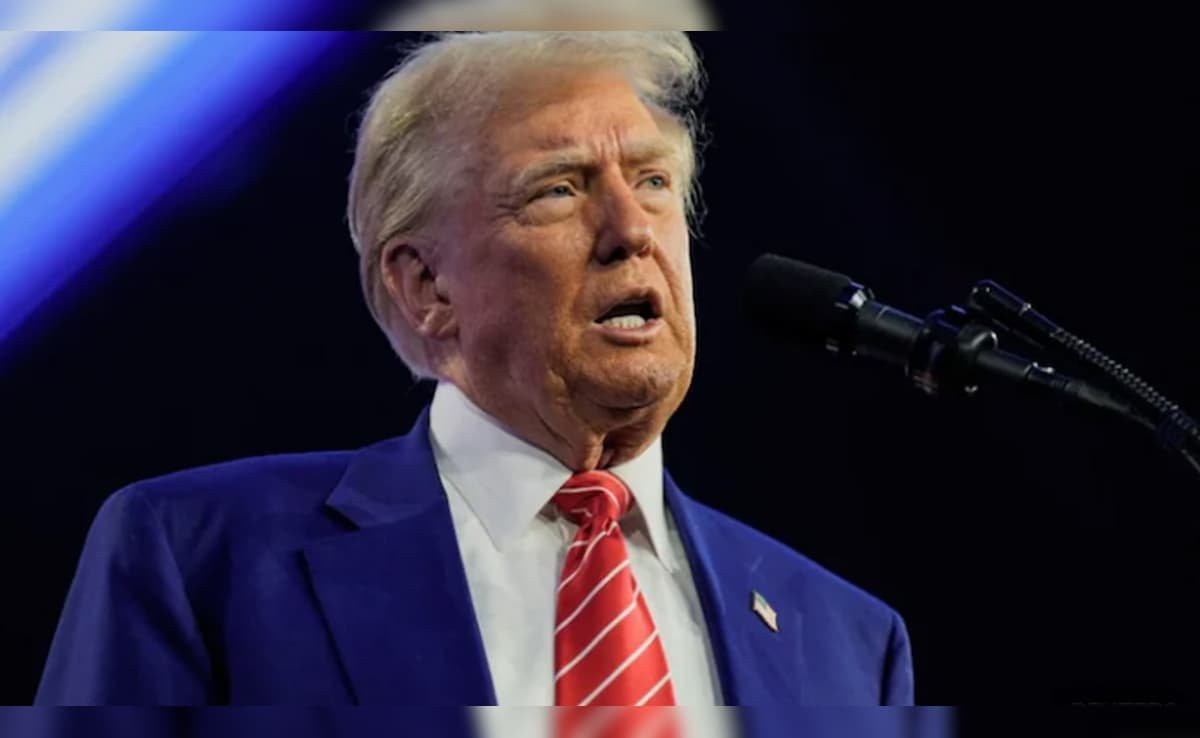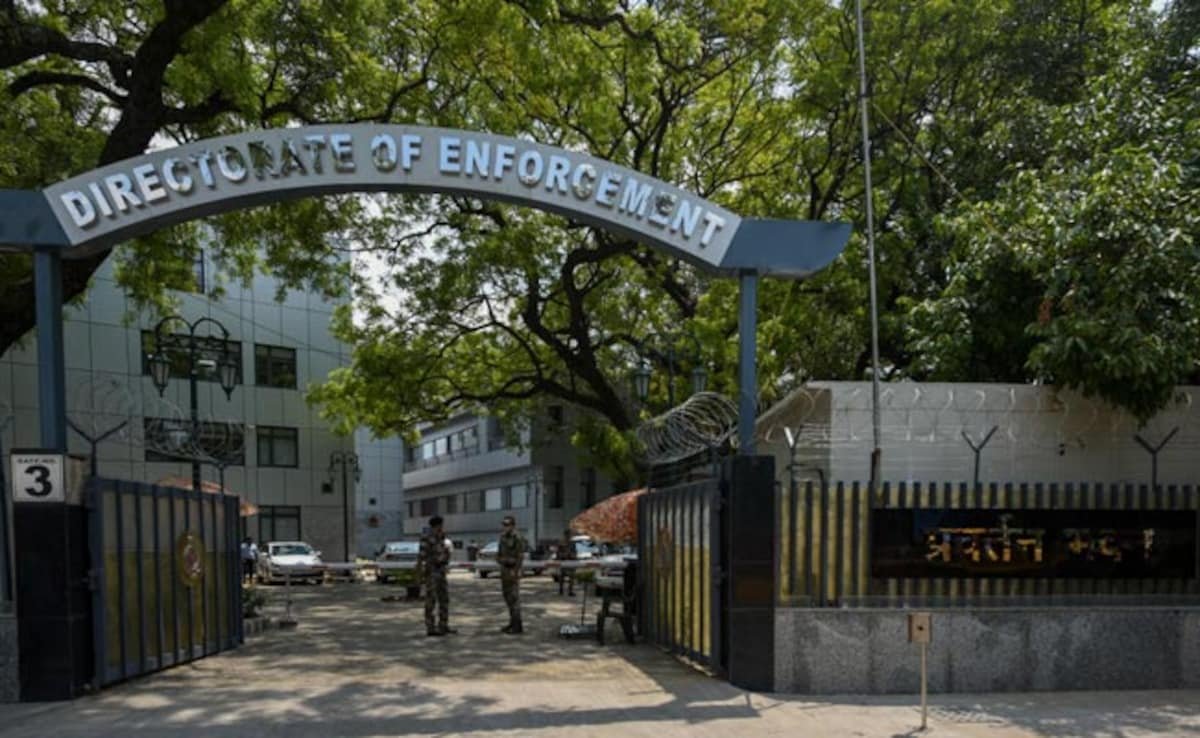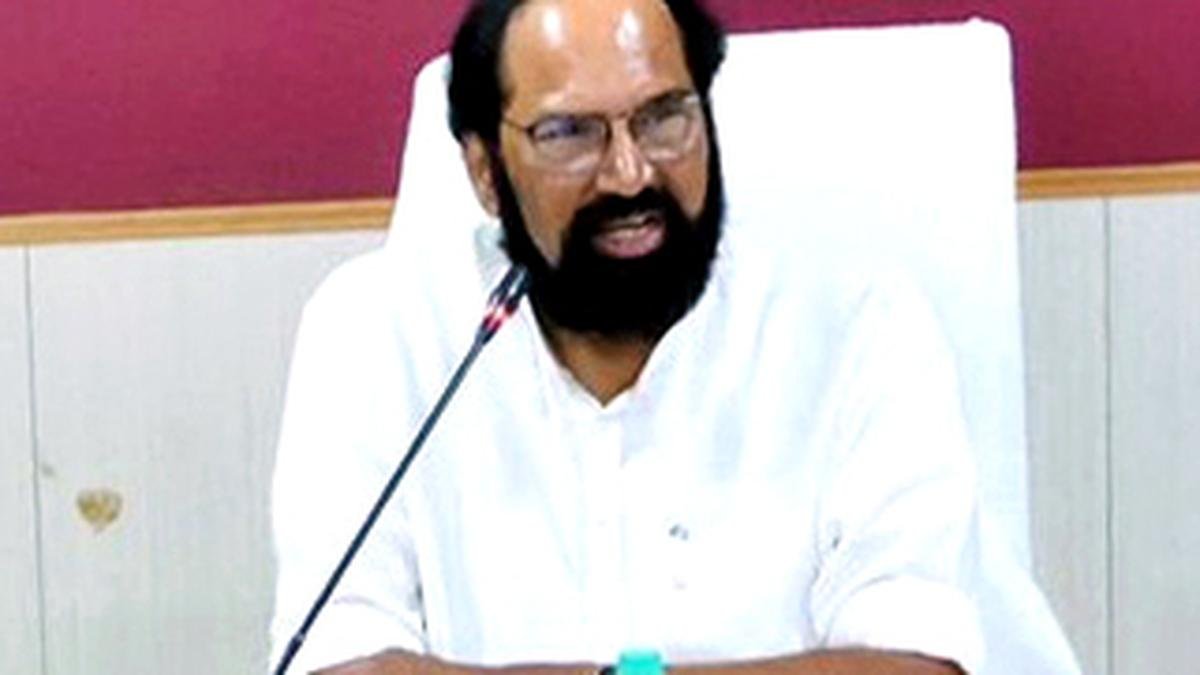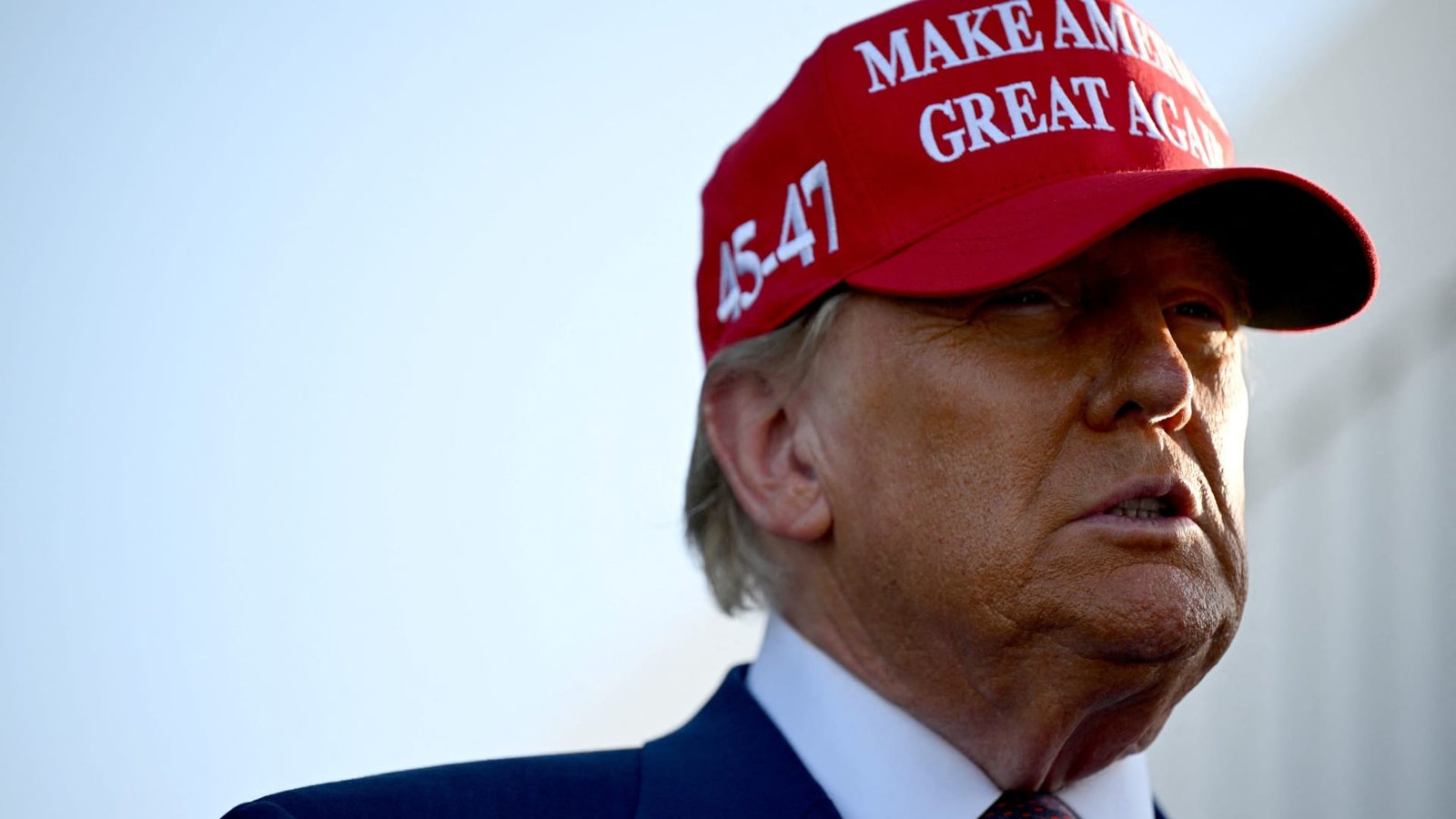Chief Justice of India-designate Sanjiv Khanna hails from a legacy of which the shining point was a solitary dissent. That of his uncle, Justice Hans Raj Khanna, a Supreme Court judge who sacrificed his Chief Justiceship of India in 1977 to uphold the fundamental right of personal liberty and rule of law in the dark years of the Emergency.
The elder Justice Khanna defied the then powerful Indira Gandhi government in the infamous ADM Jabalpur case or the habeas corpus case, as it is popularly known, to champion the right of citizens to challenge preventive detention without due process.
Finding himself alone on the five-judge Bench, Justice Khanna had quoted U.S. Supreme Court Chief Justice Charles Evans Hughes in his dissenting opinion in 1976 that a dissent in a court of last resort is an appeal to the brooding spirit of the law, to the intelligence of a future day.
Nearly half a century later, history and time have given Justice Sanjiv Khanna a shot at the Chief Justiceship of what is one of the most powerful Supreme Courts in the world at a time when bail jurisprudence is fighting to keep its head above the water. The recent past has seen journalists, activists, poets and Opposition leaders and citizens detained under controversial laws like the Unlawful Activities Prevention Act and the Prevention of Money Laundering Act for voicing their dissent against a muscular state. Some of them still languish in jail, denied their right to personal liberty.
Justice Sanjiv Khanna takes over as the 51st Chief Justice of India on November 11 for a short tenure of six months till his retirement in May 2025. He is known as a low-profile and strict judge —a man who shuns the limelight and has hardly given bytes to the media. He is the quintessence of an intensely private man who takes on a high-profile job. He will be closely watched while steering the course of a judiciary waging a daily battle with burgeoning pendency, unceasing inflow of high-stakes cases, both commercially and politically-sensitive, and a combative Executive often found reluctant to make timely judicial appointments.
While the elder Justice Khanna was superseded by his junior, Justice M.H. Beg, for Chief Justiceship in 1977, the nephew was appointed to the Supreme Court in 2019 over 32 judges of the High Courts senior to him. Justice Sanjiv Khanna was ranked 33 in the combined seniority of High Court Judges on all-India basis at the time of his appointment as an apex court judge. Justice Sanjay Kishan Kaul, who was then a Supreme Court judge, had objected to the Supreme Court Collegium. Former Delhi High Court Chief Justice Kailash Gambhir, in his letter to the President, had found the decision to elevate Justice Khanna by overlooking 32 judges senior to him as “earth-shattering”.
The Collegium’s decision to recommend Justice Khanna was quite a surprise as the Collegium, in an earlier meeting, had already decided to get Chief Justice of Rajasthan High Court Pradeep Nandrajog and Delhi High Court Chief Justice Rajendra Menon to the Supreme Court.
The Gogoi Collegium had explained its change of mind to a “fresh look” at “additional materials”. The Collegium said it had found Justices Sanjiv Khanna and another (Justice Dinesh Maheshwari) “more deserving and suitable in all respects than other Chief Justices and senior puisne judges of the high courts”. The government had approved both names. Justice Khanna was appointed as judge of the Supreme Court on January 18, 2019. He had never headed a State High Court and was one of the few judges who was appointed to the Supreme Court directly from his parent Delhi High Court. His first day at work was in the very court where a life-size painting of his uncle hangs, gazing benevolently over the courtroom.
Early career
Born on May 14, 1960, Justice Khanna began his legal practice in the hard-boiled atmosphere of the district courts of the national capital in 1983. His practice covered various fields including constitutional, direct taxation, arbitration, commercial, company, land and environmental laws in the Delhi High Court. He was a senior standing Counsel for the Income-Tax Department. He had also functioned as a standing counsel for the National Capital Territory of Delhi and appeared as Additional Public Prosecutor and amicus curiae in the High Court. He was elevated as an Additional Judge of the Delhi High Court in 2005 and made a Permanent Judge in 2006.
In the past five years as Supreme Court judge, Justice Khanna’s experience on the Bench was varied. He was part of the Bench headed by Chief Justice Gogoi which heard on a Saturday, April 20, 2019, sexual harassment allegations levelled by a former Supreme Court staffer against the Chief Justice. His court refused to intervene in a case against the elevation of Madras High Court judge, Justice Lekshmana Chandra Victoria Gowri.
Earlier this year, he headed the Bench which granted interim bail to former Delhi Chief Minister Arvind Kejriwal to campaign in the Lok Sabha polls, holding that his rights to life and liberty were sacrosanct. Recently he made a point while hearing petitions challenging the inclusion of ‘secularism’ and ‘socialism’ in the Preamble through the 42nd Amendment, that secularism had always been a part of the Constitution and was an ingredient of its Basic Structure.
As Justice Khanna assumes the duties of the Chief Justice in the “people’s court”, it is to be seen if he embodies his uncle’s words of farewell quoted from Harold Laski’s tribute to Justice Oliver Wendell Holmes about what makes a great judge: “He must be a servant of justice not its master, the conscience of the community and not of its dominant interests… He has to be in the great world and yet aloof from it”.
Published – October 27, 2024 01:31 am IST







